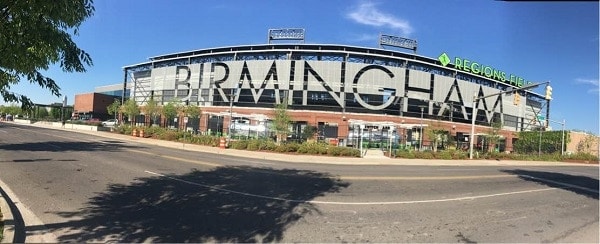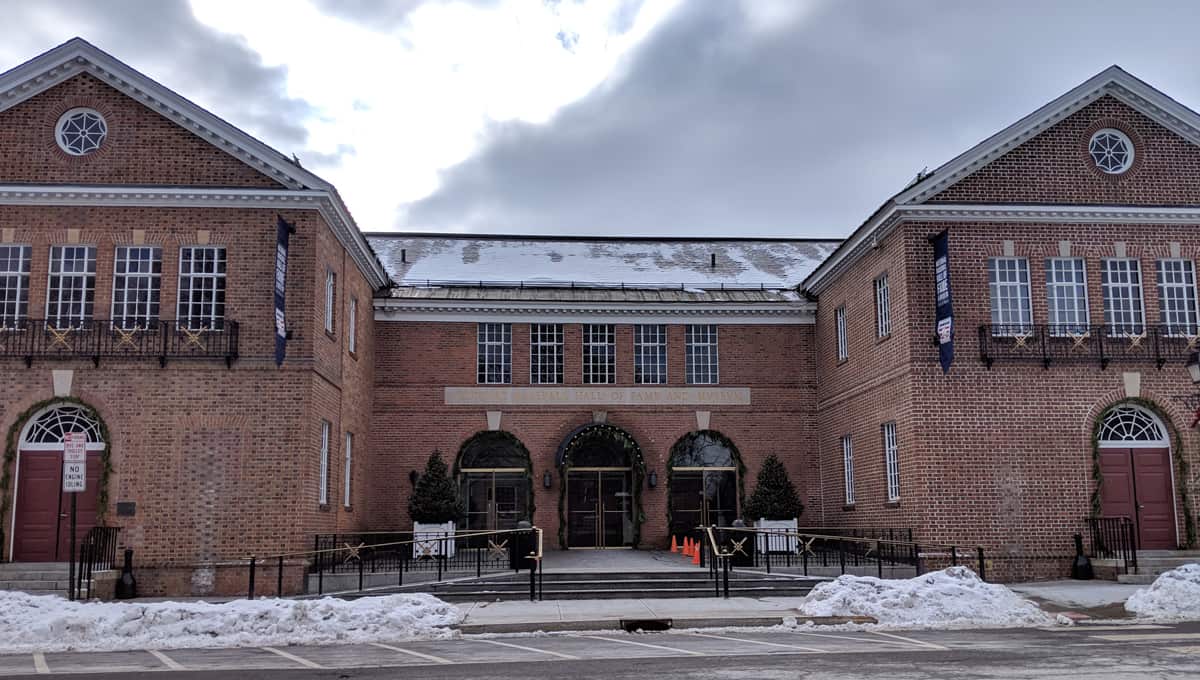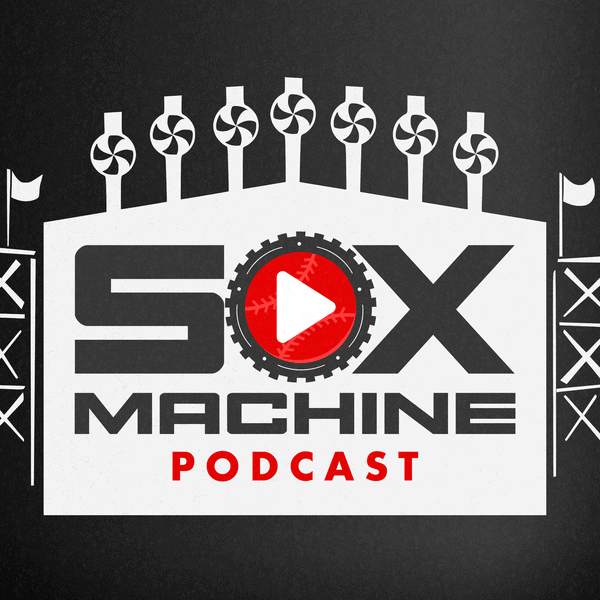I didn't know what to expect from Birmingham. After all, I was here for baseball to get a better feel of how the Chicago White Sox prospects were handling the early season. With most of the fanbase dreaming of championships as early as 2020, that path begins in the minor leagues. It hasn't been a kind experience for White Sox prospects when they are assigned to Birmingham. Where going from Kannapolis to Winston-Salem is seen as a stepping stone, the jump from A ball to AA is more of a wall.
Those that are triumphant burst through the wall quickly. Prospects making their way through Charlotte, or in some cases entirely skipping AAA, and on to the big leagues. Others struggle and find themselves stuck at a dead end. Baseball can be cruel like that, and it doesn't discriminate. Players selected in the 12th round suddenly become more promising than first-round selections despite their draft bonus pool money and hype. As one coach told me, AA is a weeding out process. If the dream is 2020 for the White Sox return to glory, then what happens in Birmingham this year is crucial.
When I first heard that Birmingham regarded as the “Magic City,” foolishly I was expecting to find this metro area loving acts of illusion. Shows how little I know about this Southern town.The "magic" was Birmingham's rapid growth as its the only place on Earth where coal, limestone, and iron ore exist naturally so close together. Quickly becoming a steel and railroad hub, Birmingham was the South’s epicenter.

Then the steel industry suffered, rail stopped becoming a favorite mode of transportation, and Atlanta built the airport that many residents thought Birmingham should have. Elevating Atlanta to a global city while the world passed by Birmingham. All I knew of Birmingham is the Civil Rights movement, looking at black and white photos in my US History textbooks of African-American kids getting hosed and police attack dogs let loose on protesters. I didn’t hold Birmingham in a good light, nor did I think there was anything magical about the city before visiting.
We're proud to have Dr. Carolyn McKinstry to throw our a first pitch today. At 15 she was the receptionist at the 16th Street Baptist Church at the time of the bombing and became a Foot Soldier during the Civil Rights movement. pic.twitter.com/wYAI1iHWPQ
— Birmingham Barons (@BhamBarons) April 15, 2018
Instead of running from its past, Birmingham has embraced it, and the Barons are part of the area's resurgence. The Civil Rights Institute is a sight to see, and so is the Birmingham Art Museum. The memorials and art portray this country's past ugliness in a way we want to view. This city has come a long way since the 60's, and when speaking to locals, the past five years has been a renaissance for Birmingham. New entertainment districts, four-star hotels, James Beard award-winning restaurants, microbreweries, and Regions Field, home of the Barons.

Baseball stadiums can vary in a lot of ways. Some are treated like Cathedrals, some have outlasted their charm, some have one-of-a-kind features, and some feel like a convention center. Walking through the halls of Regions Field and it still has that new stadium smell to it. Great viewing points, club boxes, kids area, and tied together with a metro backdrop. The Barons used to play in the suburbs but moving into the city has given residents who fleed Birmingham a reason to go back.

Across the street is Good People Brewery a fantastic pre and post-game spot, and just a 10-minute walk to restaurants that would feel right at home on Randolph Street in Chicago. Arguably, there is more to see and do at Regions Field than there is at Guaranteed Rate Field.
Residents have a strong connection to the Barons. Some call it a civic pride associated with the franchise. When the Barons opened Regions Field, it was a dream season. New ballpark with a great run to the Southern League title thanks to players like Tyler Saladino, and ex-White Sox Marcus Semien, Trayce Thompson, Micah Johnson, and Jake Petricka. Since 2013, both the Barons and White Sox have seen consecutive losing seasons. Lack of talent in the pipeline has hurt the Barons win-loss record, and not enough players emerged to provide enough depth for the White Sox to succeed. The past two seasons have been especially awful for the Barons with a winning percentage of .350 in 2016 and .384 in 2017.
In 2018 the losing should reverse its course. Not that wins and losses matter all that much in the minor leagues, even coaches would tell you that they don't matter, but there will be too much talent coming through Birmingham not to post a winning record. Top prospect Eloy Jimenez will soon be arriving to join Zack Collins in the lineup. Early on, its Seby Zavala, Jameson Fisher, Tito Polo, and Matt Rose carrying the offensive load.
Starting pitching features fringe prospects like Spencer Adams, Jordan Stephens, and Jordan Guerrero who could see a promotion to Charlotte. They will be replaced by Alec Hansen, Dane Dunning, and possibly Dylan Cease at some point in 2018. While fans in Chicago hide their faces when manager Rick Renteria calls for the 'pen, Barons strength is the relievers like Ian Hamilton, Brad Goldberg, Brian Clark, and Jace Fry.

I didn't quite know what to expect attending my first Barons game, but I wasn't expecting the largest crowd in Regions Field history. Nor was I expecting to be blown away by how much I enjoyed the city. How at times it felt like a completely different country but right at home. A city with world-class talent and a chip on their shoulder. Often overlooked but shouldn't be ignored.
Couldn't create a better setting for future White Sox players. In Birmingham, they will find failure, and learn how to overcome it. Skills they will need in Chicago if indeed 2020 becomes the dream season. While struggles will continue to persist in Chicago, there will be plenty of opportunities to witness magic this summer in Birmingham.






